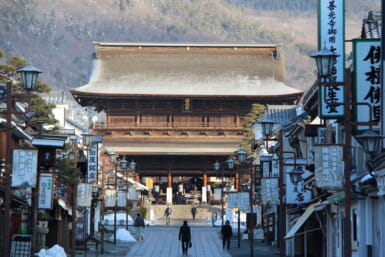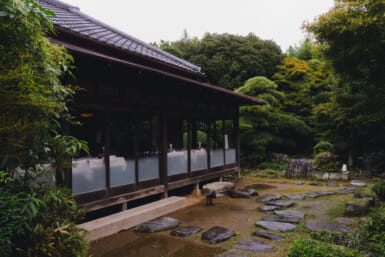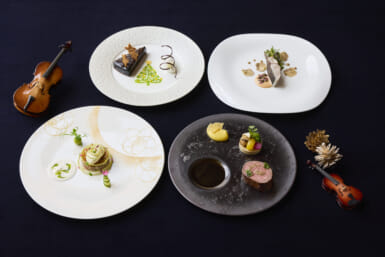Rich in culture, history and traditional crafts, Nagasaki Prefecture is also home to a treasure trove of islands. From Tsushima, the closest Japanese land to South Korea, to the Goto Islands in the East China Sea, the world of Nagasaki expands far beyond the Kyushu mainland. Tokyo Weekender’s editorial team recently visited the islands administered by the prefecture, where we discovered a little-known world of exciting activities that the entire family can enjoy. If you’re looking to immerse yourself in Japanese culture and nature away from crowded tourist spots, look no further than the many islands of Nagasaki.
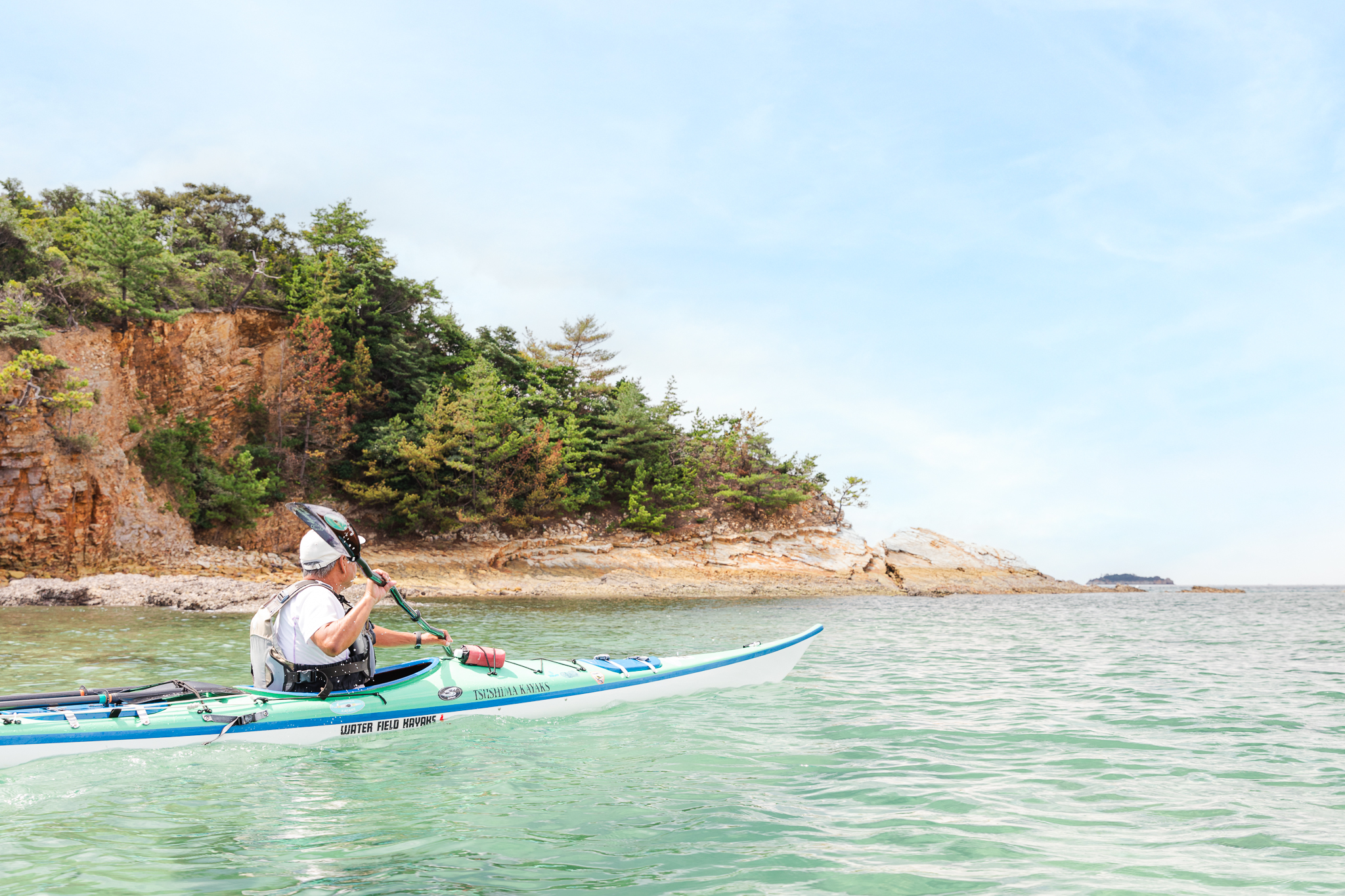
Kayaking Around Tsushima
Easily accessible via ferry or regional airline flight from Fukuoka, Tsushima is an island characterized by heavily forested mountains. However, the island’s waters are equally fascinating. “Aso Bay is very calm,” explained Fumihiro Nakazawa, the proprietor of Tsushima Kayaks. “Kayaking here is a great family experience. There are some uninhabited islands in the bay, and you can also see the cliffs and the walls of Kaneda Castle.”
The kayak ride took about three hours, during which time we paddled through very clear, calm waters in near-total silence. It felt a lot like meditation, with just us and the sounds of the paddles.
After exiting the inlet and passing by a few tiny isles, the sea opened up before us. In clear weather, you can apparently make out South Korea in the distance, which we were unable to do on our day out on the water — but we did see a school of fish jump out of the sea. After finishing the kayak tour, our arms were slightly sore, but our minds were clear and our hearts ready to discover more of Tsushima’s charm.
Our next stop was the Kaneishi Castle Garden, the only remaining part of a once-grand residence of the island’s ruling Soh clan. Dating back to the late 17th century, the garden features a singular site: a pond in the shape of the kanji character for “heart.” A National Scenic Spot, the garden — and its Shinji (“heart character”) Pond — is like a portal to another world, a magnificent oasis of green hidden away in an unassuming corner of Tsushima.
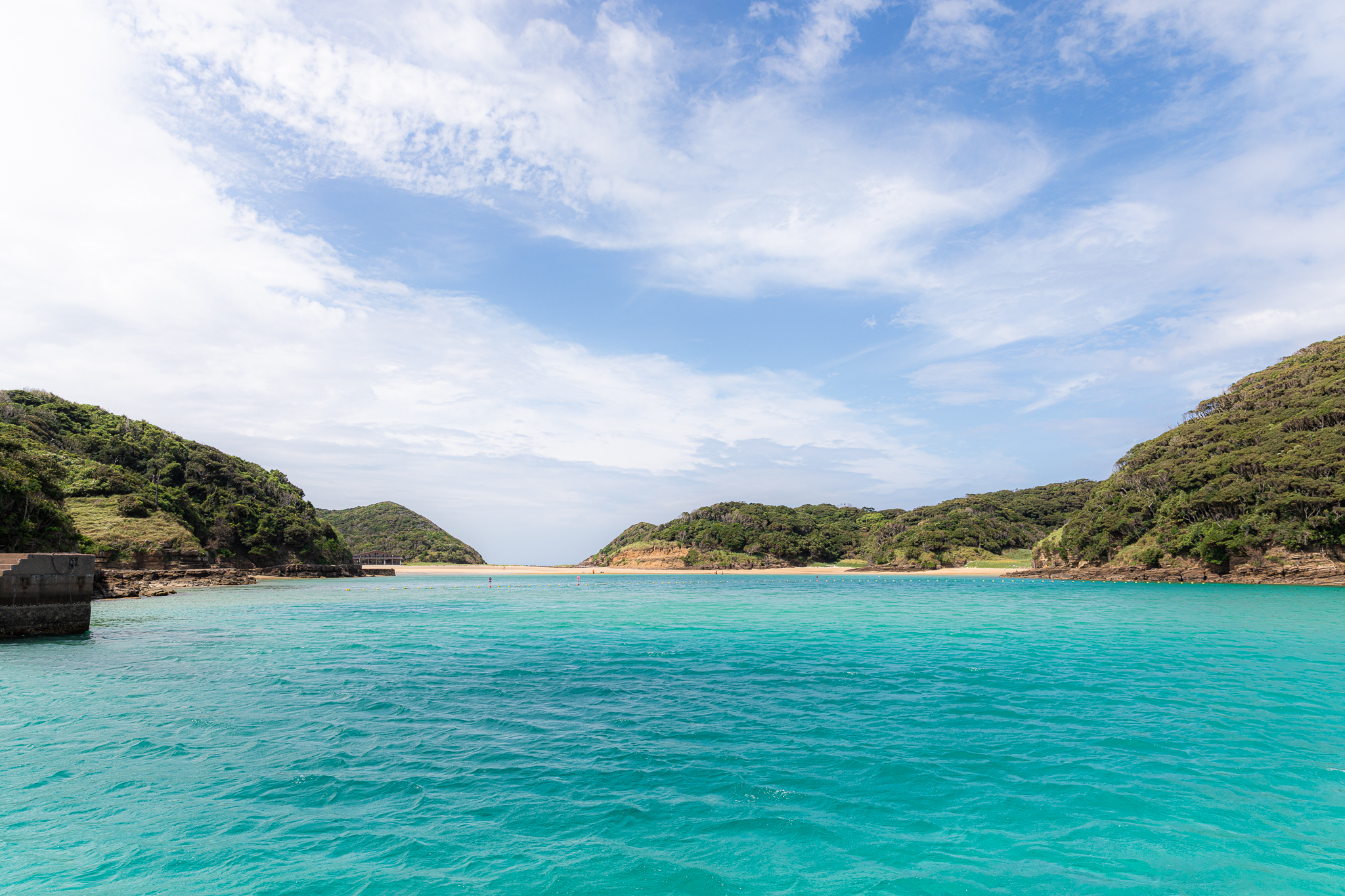
The Mystical Rock Formations of Tatsunoshima Island
After kayaking the waters around Tsushima and taking a ferry to Iki, the next island on our itinerary, we decided to maintain our maritime theme by booking a cruise around the colorful Tatsunoshima Island, located off the northern coast of Iki. With its white beaches, yellow and brown cliffs, lush verdure and waters that range from emerald green to deep blue, the uninhabited Tatsunoshima is a dazzling display of color that we got to enjoy from a high-speed boat piloted by a gregarious captain who seemed to have an anecdote for every little rock.
During the 40-minute cruise, we admired otherworldly rock formations resembling mammoths, giant fists rising from the sea and a guardian wolf gazing protectively into the distance. We also stopped in front of a cave carved out by the sea known as Umi-no-Kyuden (Palace of the Sea) and let the mystical energy of the place wash over us.
Going Back in Time at the Iki City Ikikoku Museum
Having had our fill of the sea, we headed to the Iki City Ikikoku Museum, home to artifacts and materials that tell the millennia-old story of the island. Making our way toward the exhibition wing, we passed through a corridor decorated with extracts from the Records of the Three Kingdoms, a third-century Chinese chronicle and the first document to mention Iki by name.
Moving farther inside the museum, we caught a showing of a slickly produced film set 2,000 years ago in what today is Iki’s Harunotsuji Archeological Site, which the museum overlooks. The exhibitions themselves were very diverse. We were told that since Iki is home to 60% of Nagasaki Prefecture’s kofun tombs, most significant archeological finds in the prefecture are displayed here, including clay pot coffins and the Jinmenseki, a rock shaped like a face and a symbol of Iki.
In addition to being captivated by the dioramas showcasing life on Iki thousands of years ago, we were thoroughly impressed by a life-size reproduction of a boat of the sort that in ancient times sailed between the island and Korea. Whether you’re a history buff or a kid wanting to see something cool, you’re sure to find an exhibit to pique your interest here.
Finding the Hidden Christians of Kamigoto
The Goto Islands are a chain off the western coast of Kyushu with a deep connection to the history of Christianity in Japan. After the religion was introduced by the Portuguese in the 16th century and later banned, many people continued to practice the faith in secret, risking torture and death if discovered. For nearly three centuries, these Hidden Christians — known in Japanese as Kakure Kirishitan — were persecuted, and some executed, including on Kamigoto (Upper Goto), the two main islands in the north of the archipelago.
In the late 19th century, the ban on Christianity was lifted, and a Christian revival ensued. We decided to visit some of the many churches constructed throughout Kamigoto during this time to better understand the history of the islands.
Our first stop was Kiri Church, a magnificent white structure standing on a hill like a beacon shining a light of peace across the area and giving us beautiful panoramic views of the surrounding nature. The church is located near another important site — the Christian Cave where eight Hidden Christians once took refuge.
Next, we visited the Former Tainoura Church. Originally built in 1881 and rebuilt in 1903, the former church is notable for its brick bell tower, an addition constructed following WWII using bricks from Urakami Cathedral, which had been destroyed in the bombing of the city of Nagasaki. It also displays authentic fumie, or “images to step on.” These depictions of Jesus or Mary were presented to suspected Christians, who were required to step on them to prove they were not adherents of the banned religion.
We ended our pilgrimage with a tour of Kashiragashima Church, part of the “Hidden Christian Sites in the Nagasaki Region” UNESCO World Heritage Site. Originally a wooden structure meant to serve as a symbol of renewed hope after Christianity officially returned to Japan, it was rebuilt using Kamigoto sandstone quarried by hand by locals who helped infuse the structure with the very spirit of the islands.
Hammering Out a Local Treat
Feeling a little peckish, we decided to dive into the food culture of Nagasaki’s islands by taking part in a kankoro mochi–making experience. Kankoro mochi starts with sweet potatoes, once a staple of Goto, which are peeled, cut, boiled and sun-dried. These non-perishable, nutrient-dense dried tubers are the “kankoro” in kankoro mochi, and they are responsible for saving countless lives during times of famine. As such, we felt a little bad about smashing them with giant wooden mallets inside a stone mortar, but as that’s the traditional method of making kankoro mochi, we hammered away.
Once the steamed and smashed kankoro achieves a paste-like consistency, steamed glutinous rice (mochi) and sugar are added, and hammering recommences. It’s important to hit the gluey dough hard — but not so hard as to make the kankoro mochi go flying around the room. (Unfortunately, we speak from experience.)
Once all the ingredients have been mixed, they’re formed into little dumplings that can be eaten right away. Much softer than regular mochi rice cakes and with a light sweetness, kankoro mochi are extremely fun to make and even more fun to eat. The treats have recently started taking off as a regional Goto specialty and are just one more of the many appealing aspects of Nagasaki’s islands — aspects that, we hope, become much better known to travelers.
More information
Find out more about Nagasaki here.

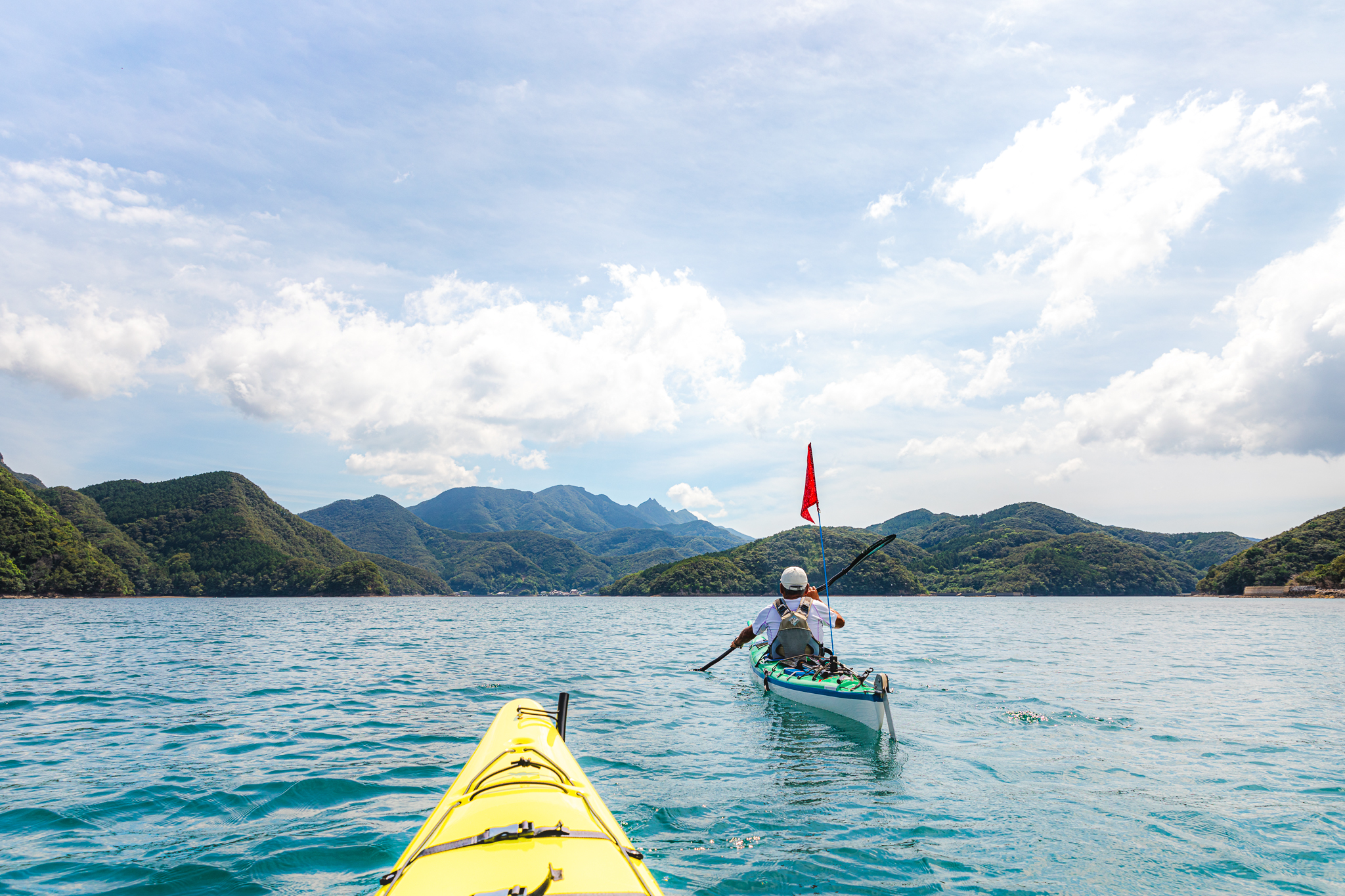
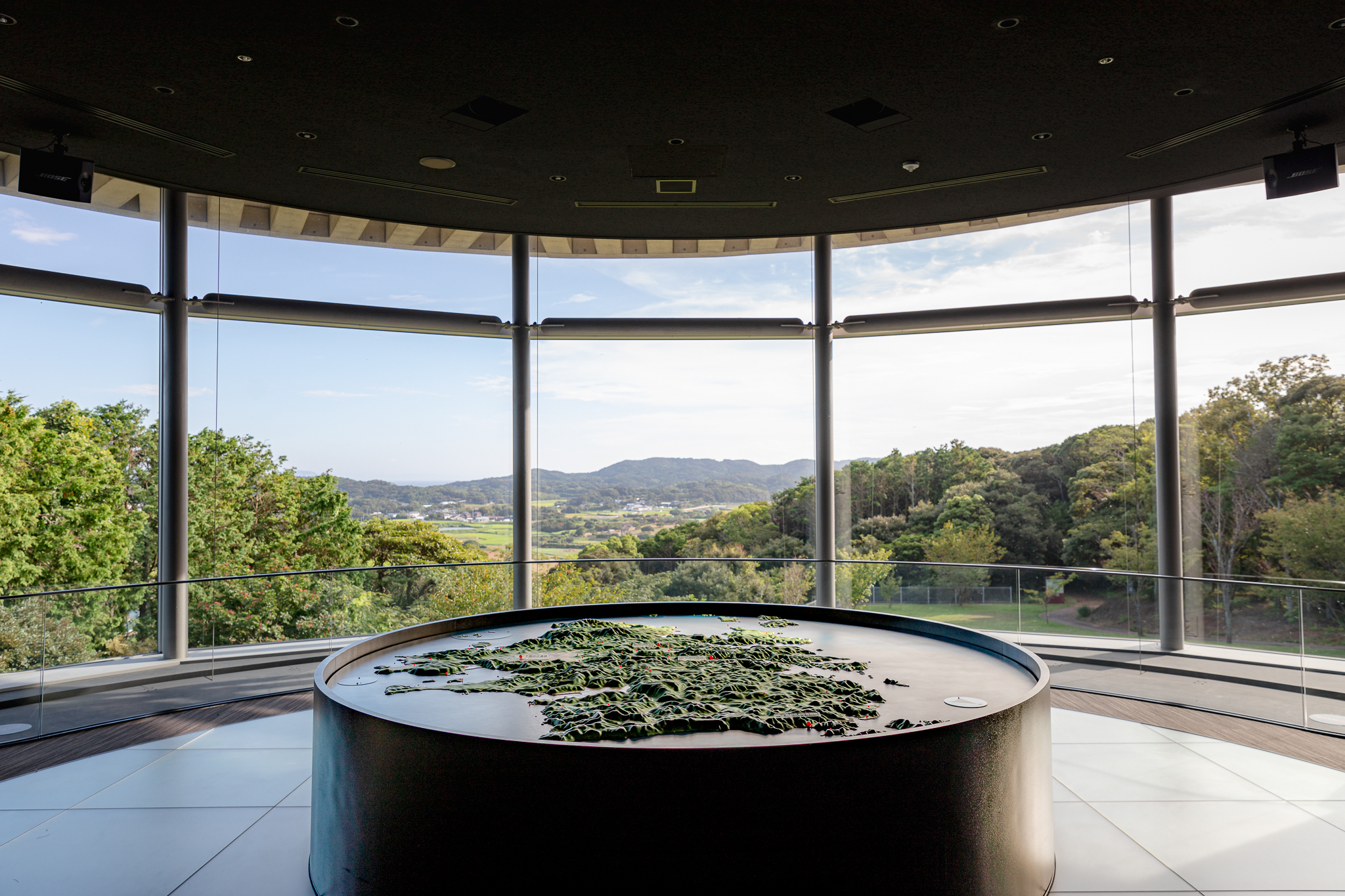
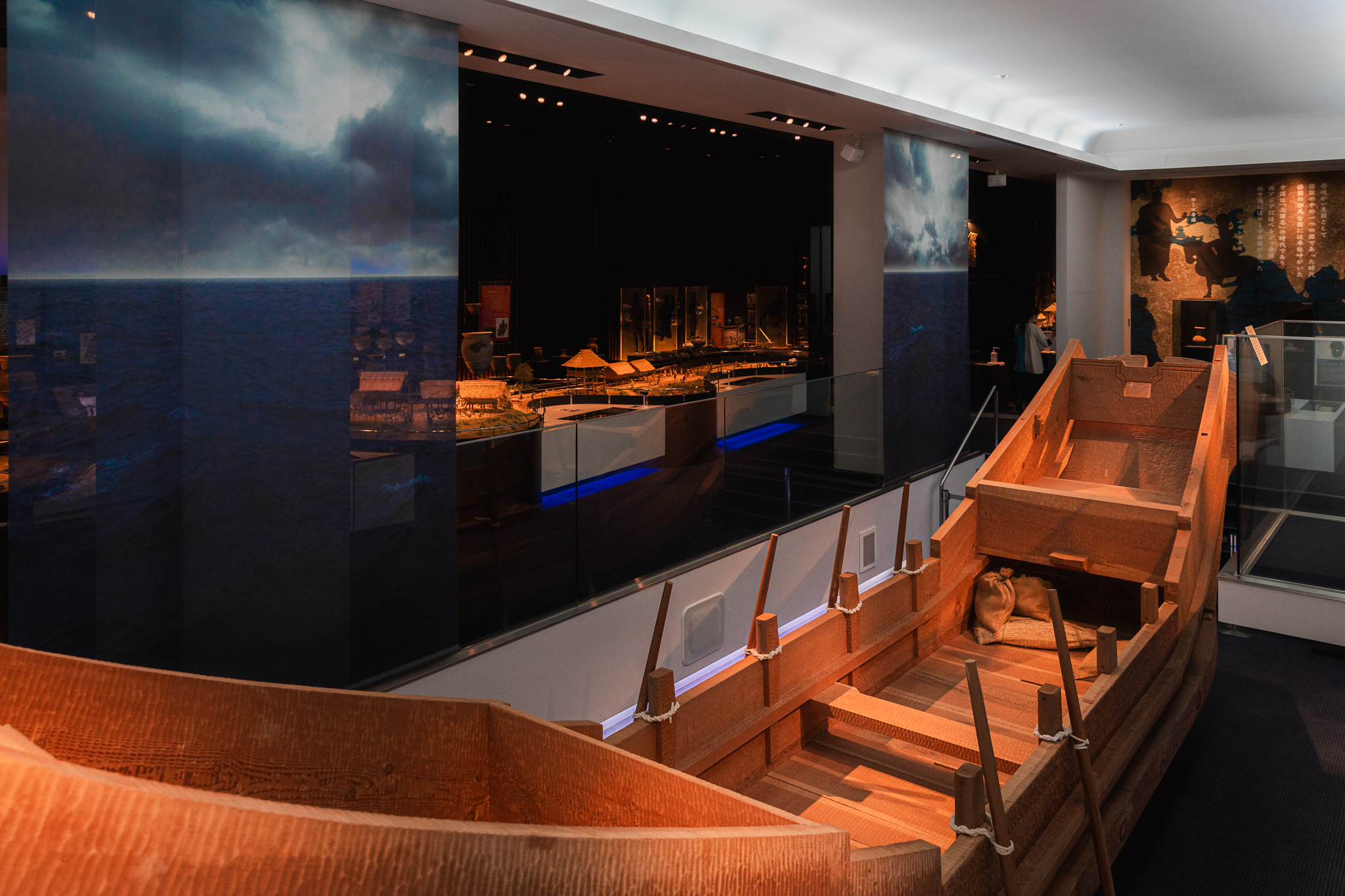
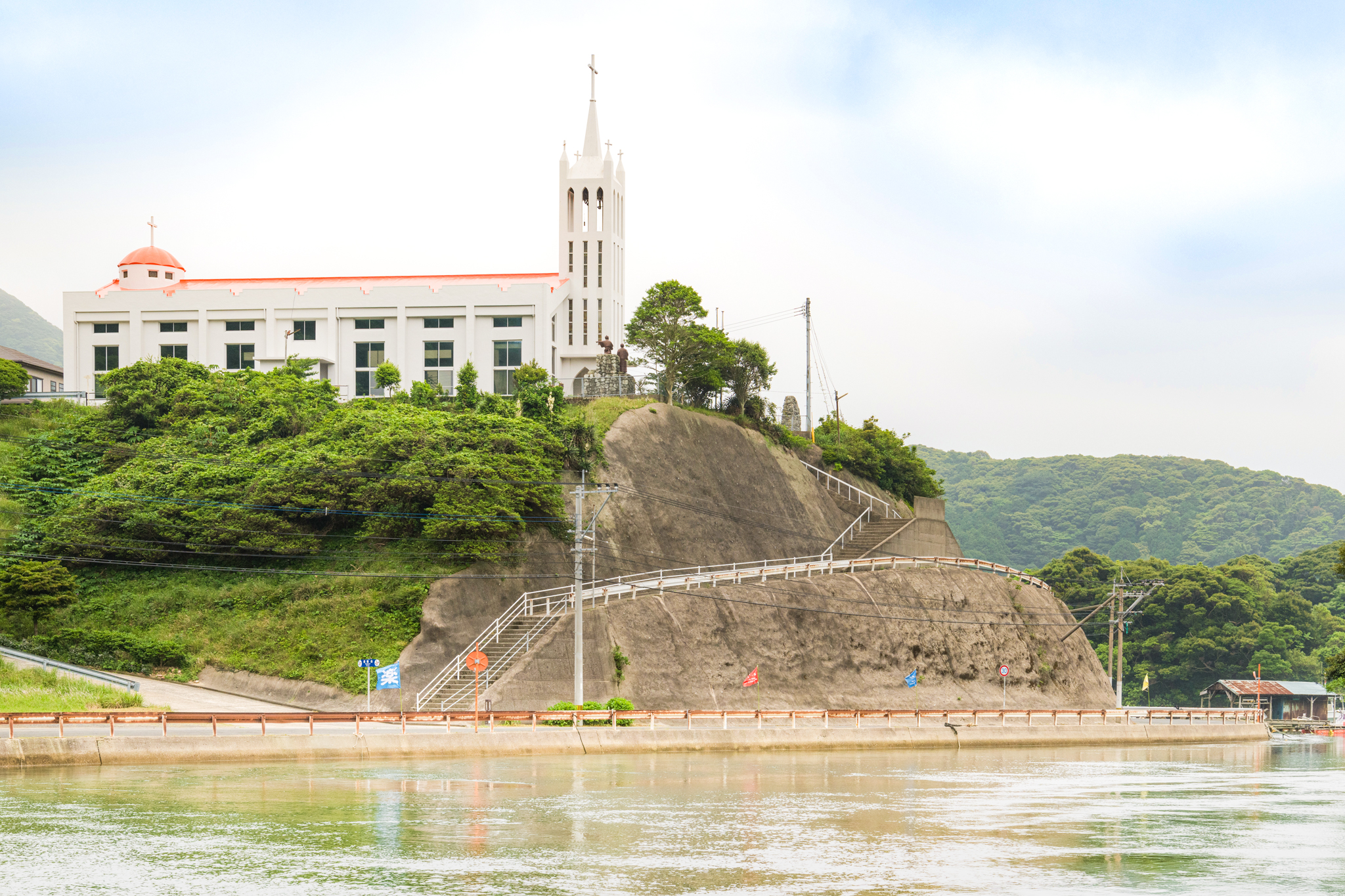
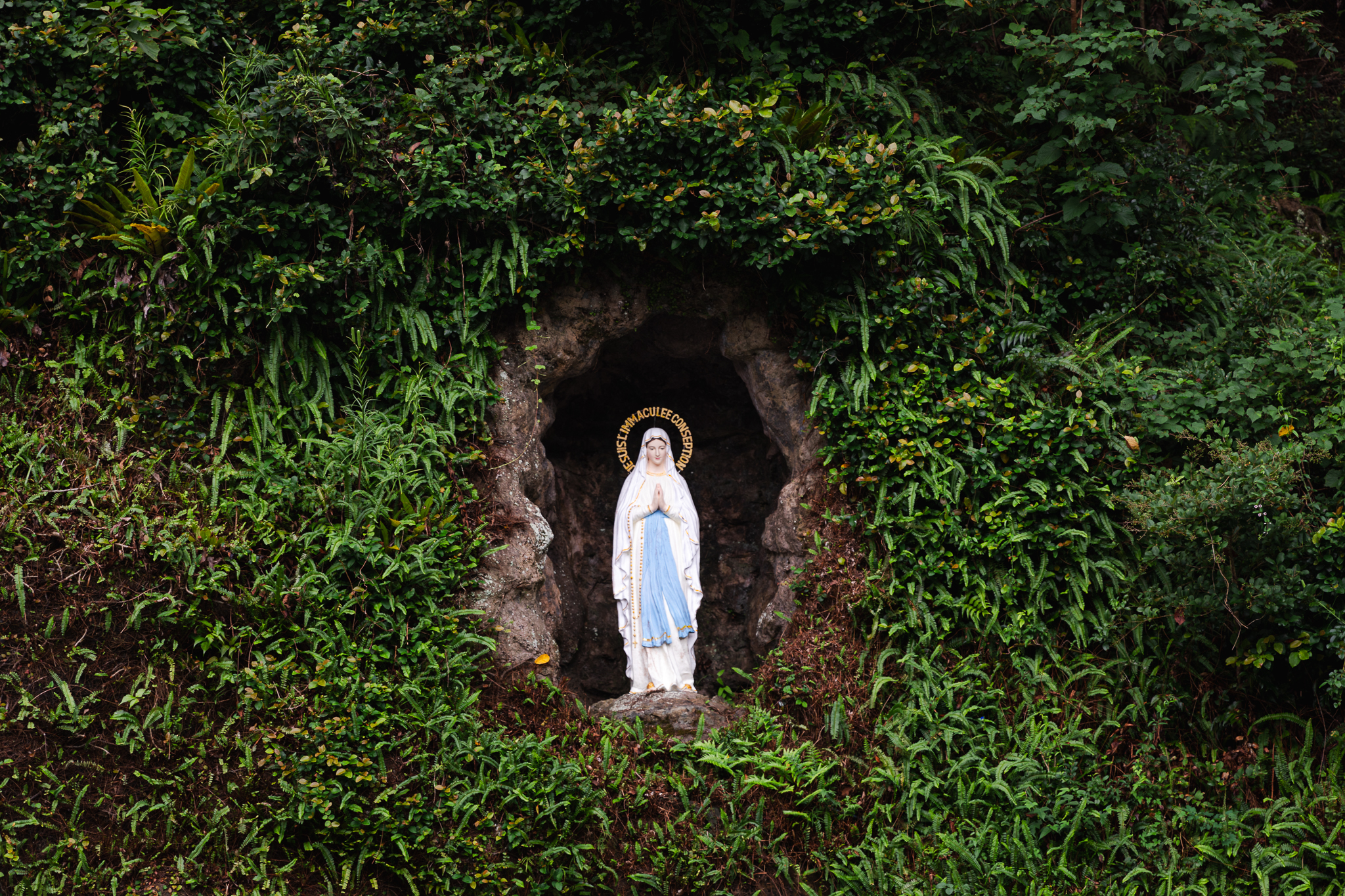
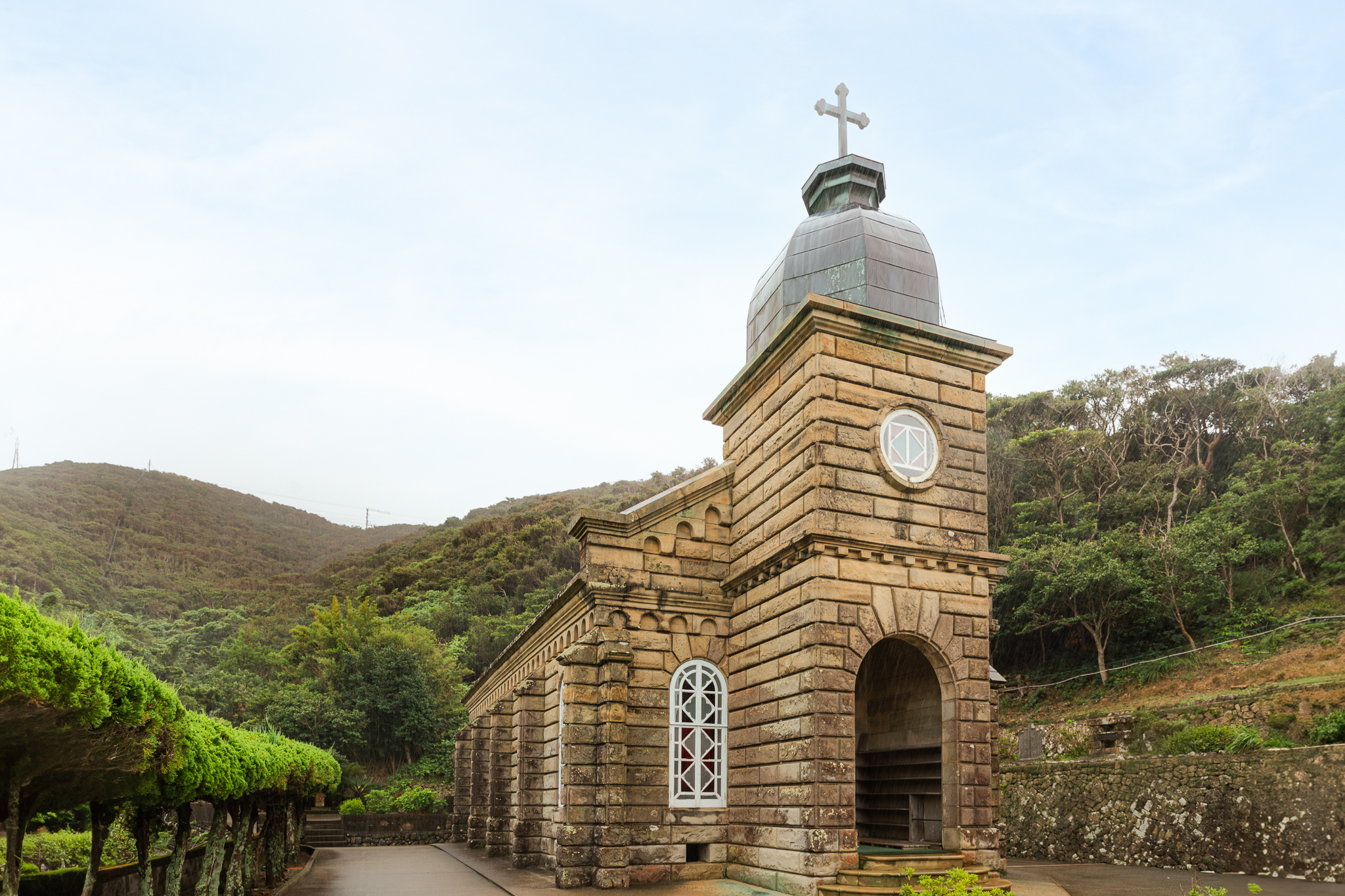
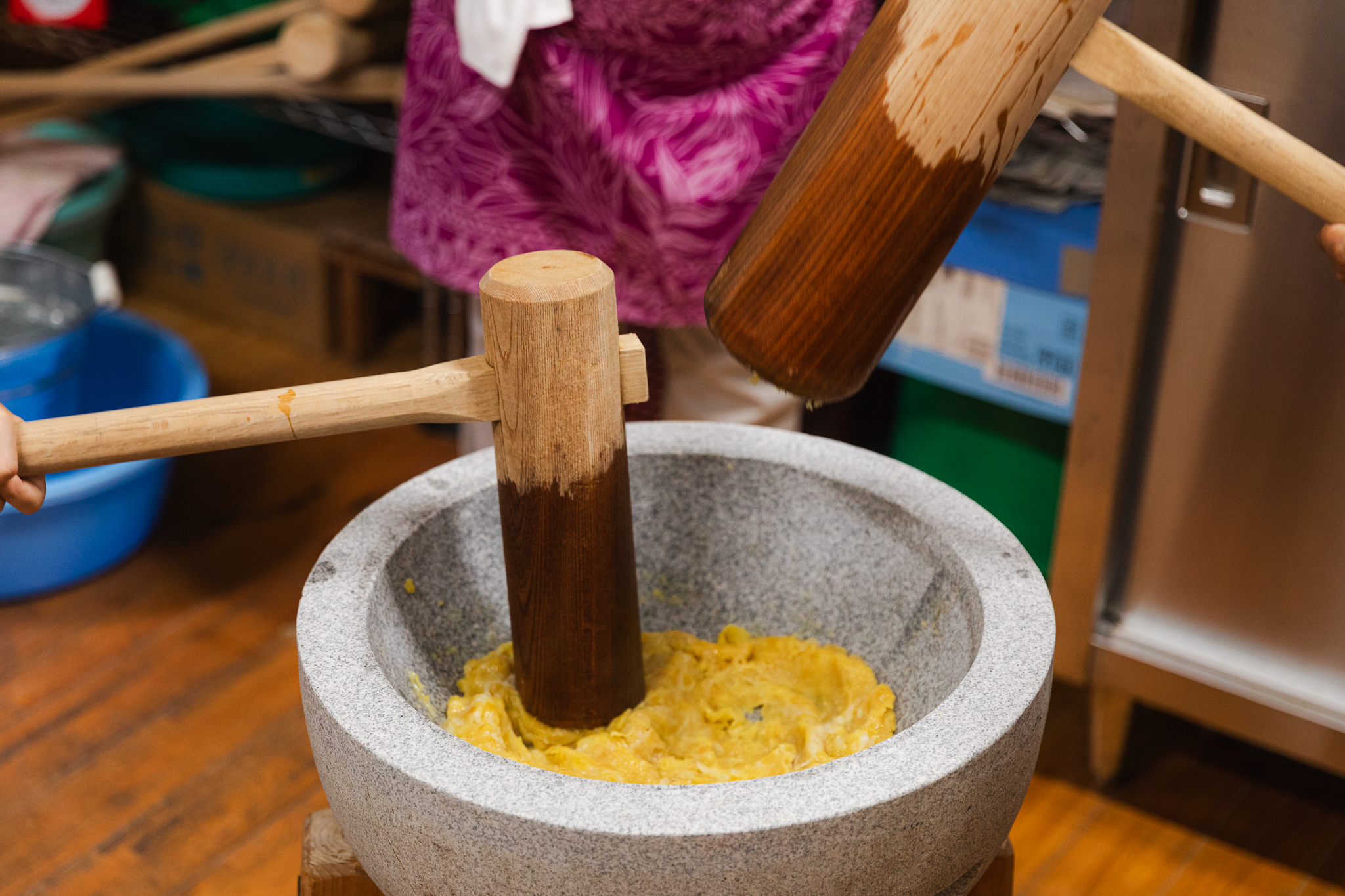
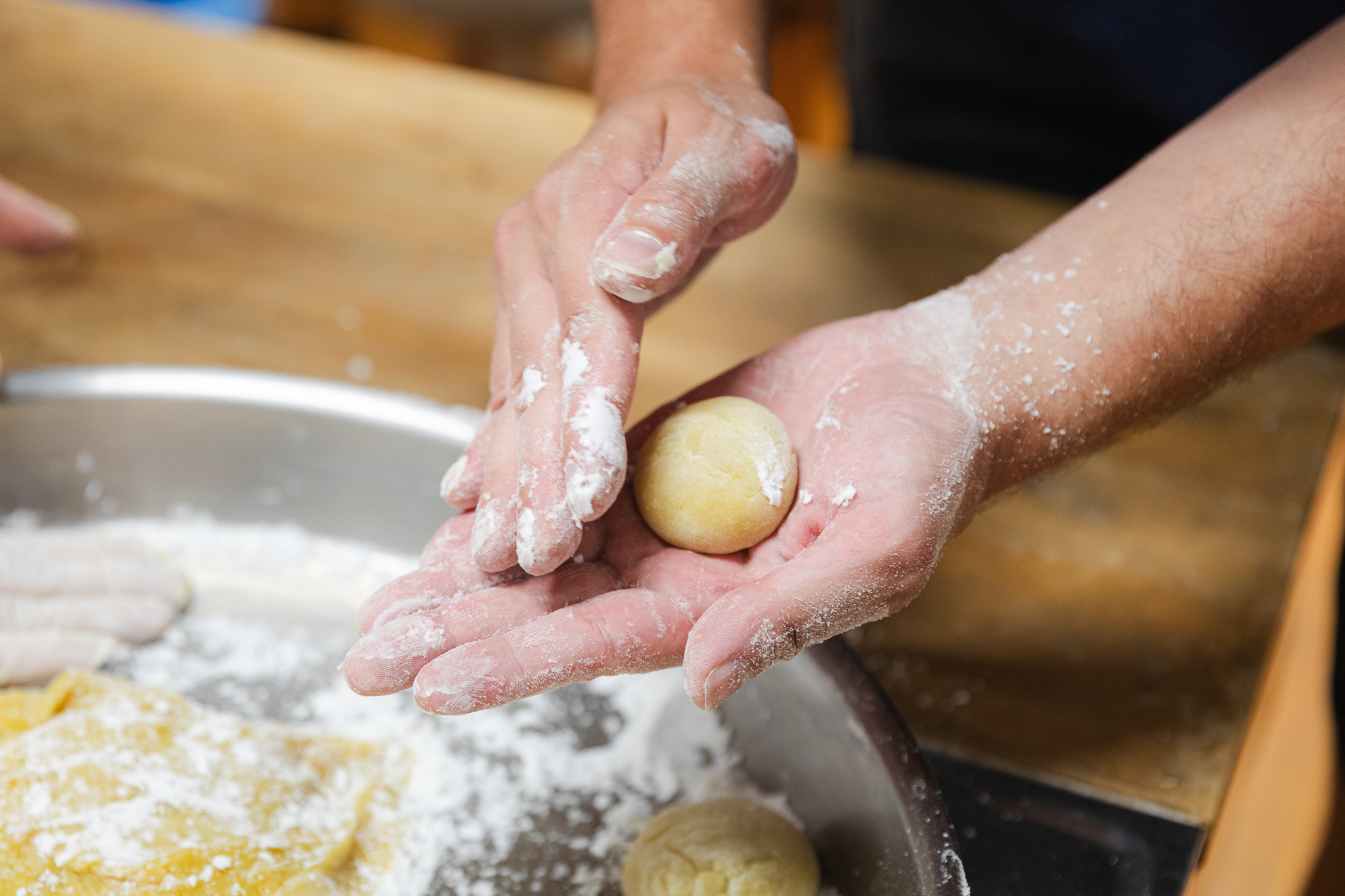
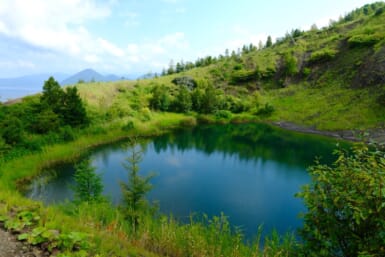
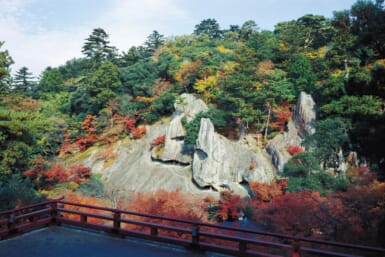
_KRAACH-クリスタルバスソルト-385x257.jpg)
